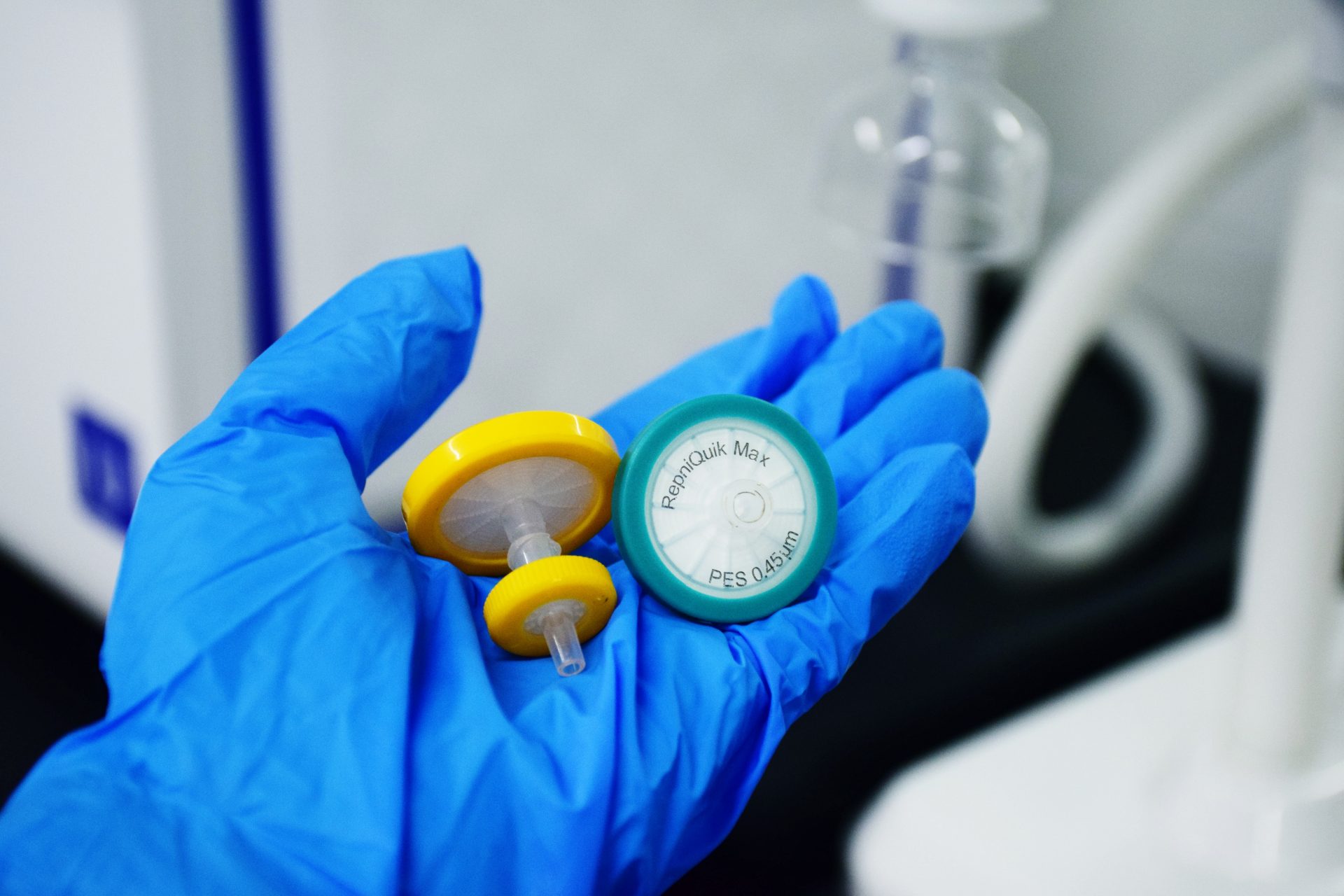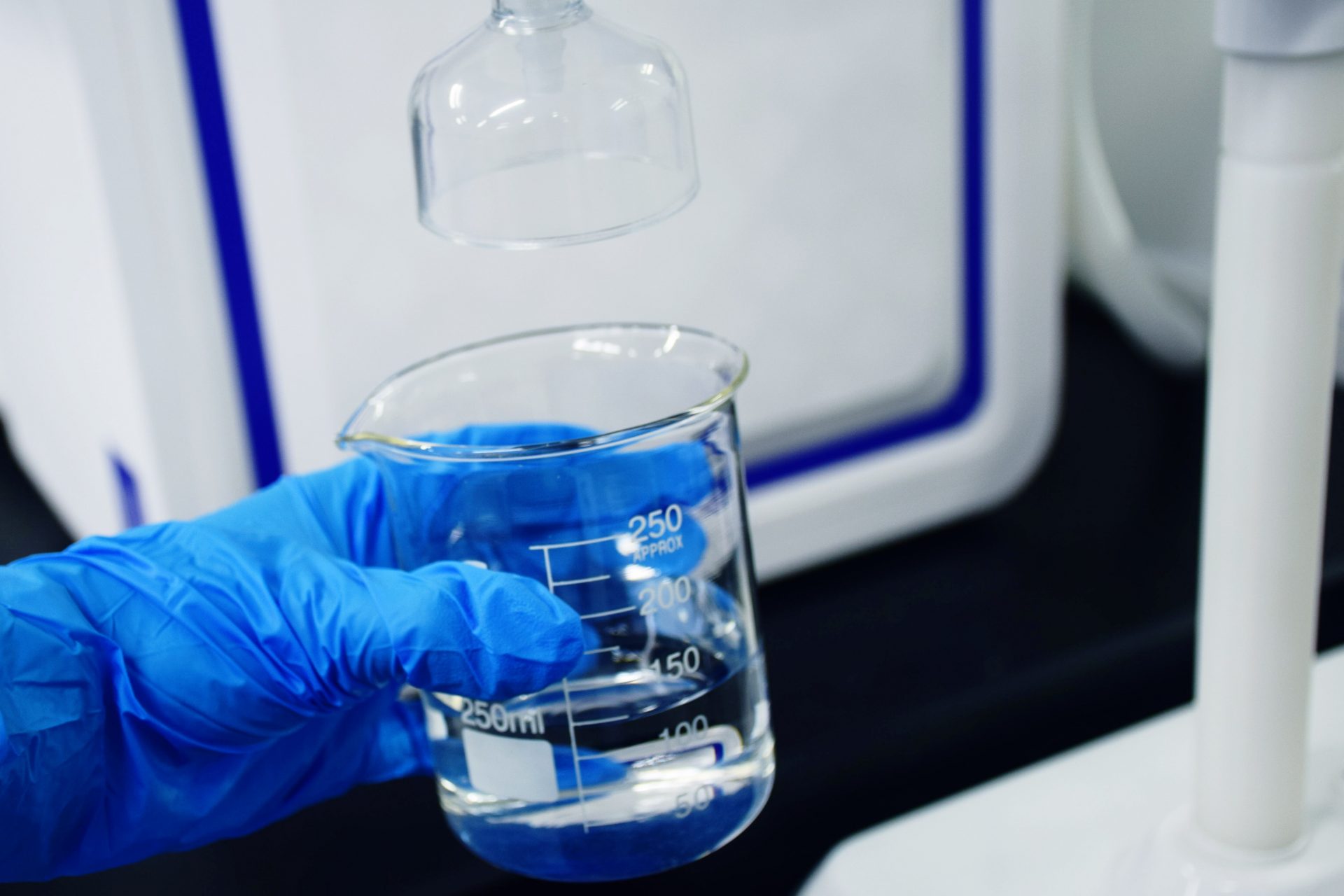BLOG | Bluephage
Is this worth concentrating virus in a water sample?

For human virus detection, except for wastewater samples, the concentration of viruses before testing is indispensable. Thus, for some kinds of water, for example, drinking water, up to 1000 liters are regularly tested.
Two properties of the viruses mean for this topic: size and surface charge, which can change with the pH of the suspension medium.
In water quality testing, membrane and depth filters are both used to concentrate viruses from water samples. The volume to be tested determines the type of filter. Depth ones are preferred for great volumes. Most concentration methods rely on the adsorption-elution of the viruses. This is because size-exclusion concentration usually results in clogging of the filter before the entire volume to be analyzed has passed through it.
Adsorbed viruses can be eluted from the filter either by displacement by other molecules or by changing the water sample’s pH and/or ionic strength, which changes the surface charge of the viruses, or both.
Those concentrated by size-exclusion (membrane filters) can be re-suspended. Some physical treatments, for example, ultrasounds, help both processes. Once the viruses are concentrated by resuspension, elution, or both, they are recovered in small volumes that can be enumerated by a convenient method.


All these considerations apply to the concentration of bacteriophages. One example of this is the somatic coliphages concentration method recommended in ISO method 10705-3:2003 for testing coliphages in 100 ml water samples.
To enumerate coliphages, and for volumes up to 100 ml, the phages’ concentration can be avoided since feasible methods to assay for plaque-forming units of coliphages have been adapted to 100 ml of sample. However, concentrating need more time and skills of the laboratory operator.
According to several regulations, the number of coliphages (plaque-forming units) required is 100 mL (pfu/100 mL). Therefore, one can analyze a 100 mL water sample after concentration in 1 mL or directly with five Petri-dishes of 20 mL.
In the case of drinking water, Bluephage recommends using kits to analyze 100 mL without concentration to save time.
On the other hand, membrane filters (0.22-0.45 µm pore size) are frequently used to clarify samples, including concentrates, before enumerating viruses. In this case, low protein-binding membranes (polyvinylidene fluoride (PVDF) or polyethersulfone (PES)) should be employed; otherwise, viruses are retained by adsorption.



